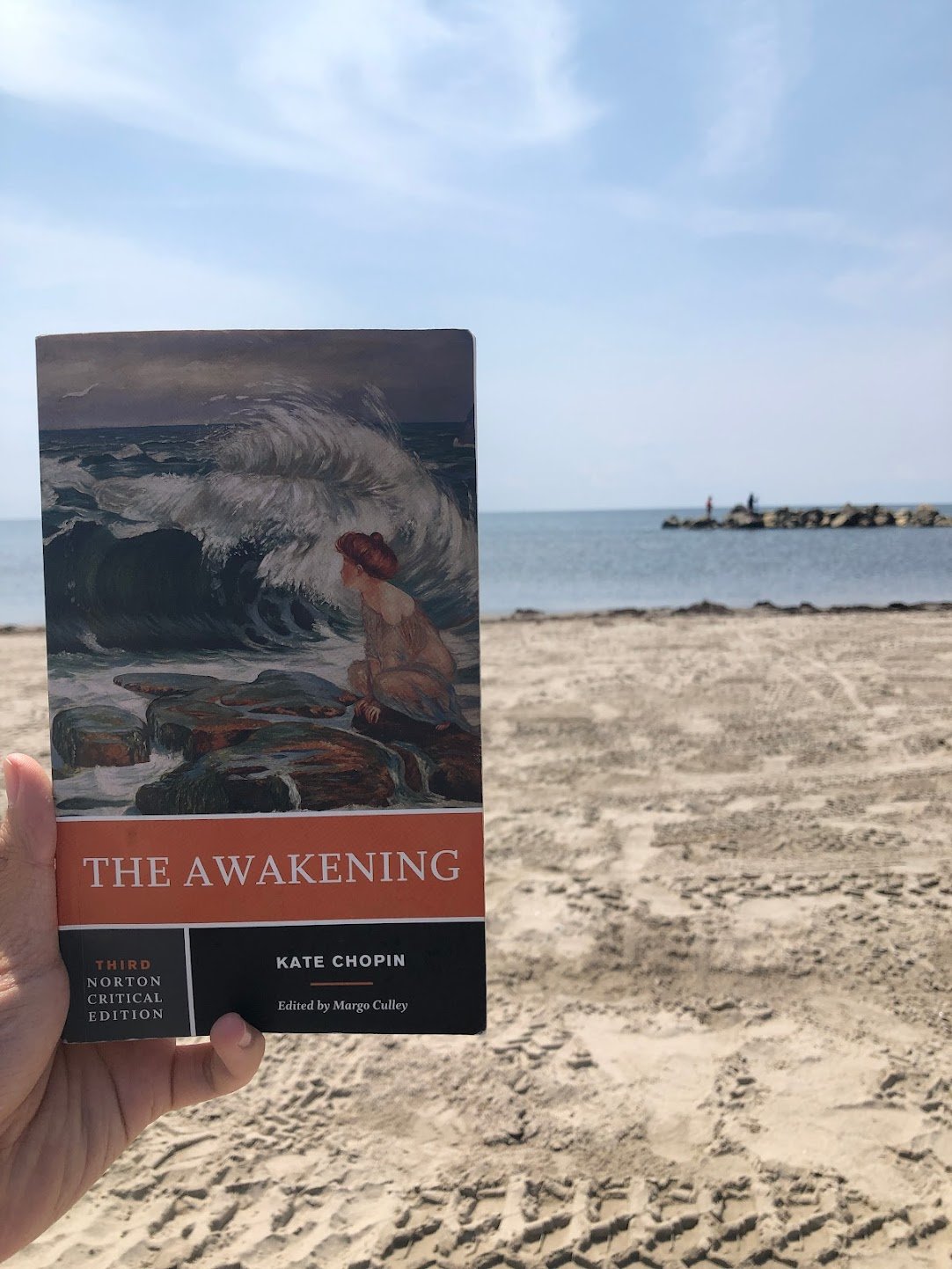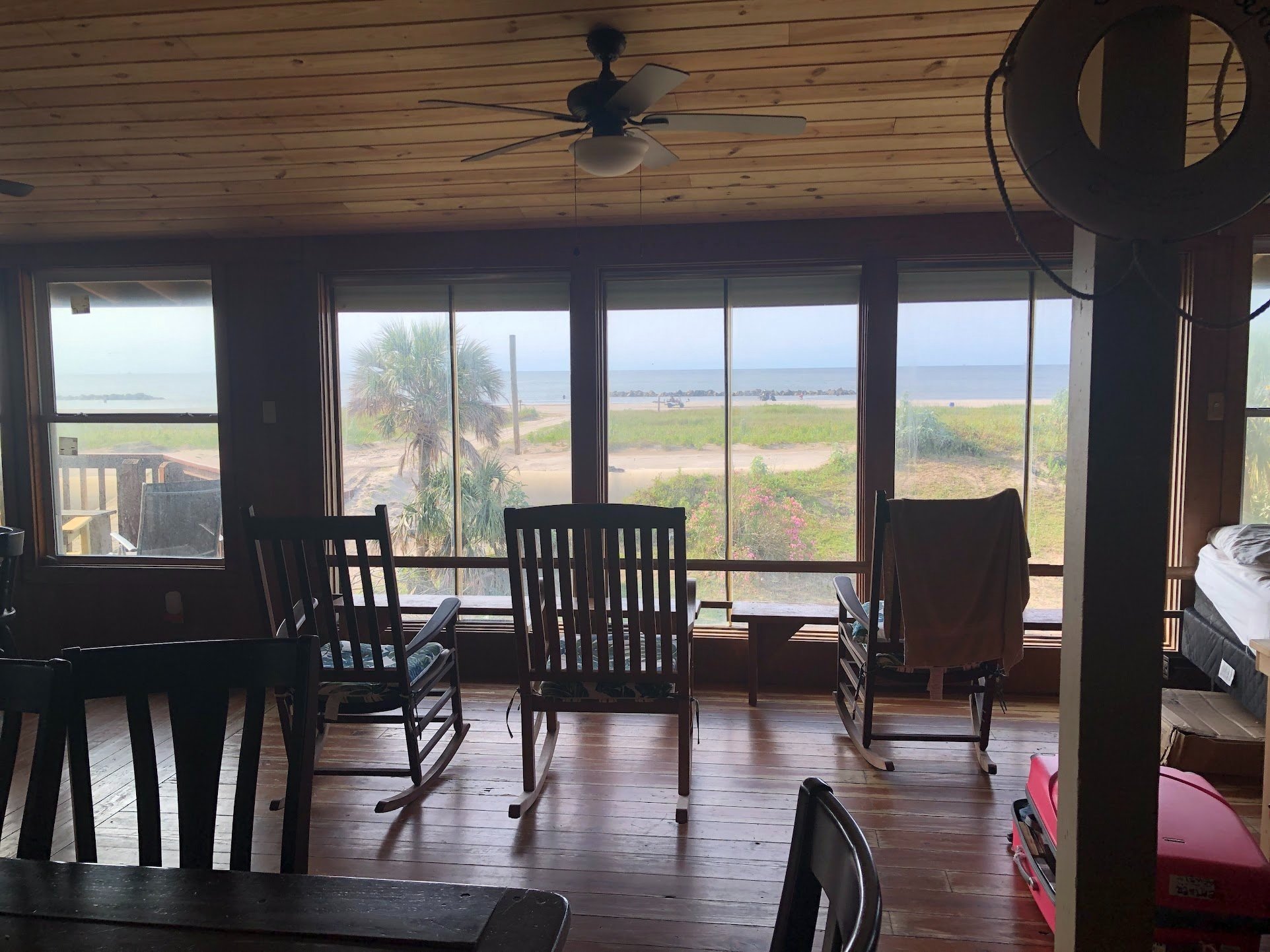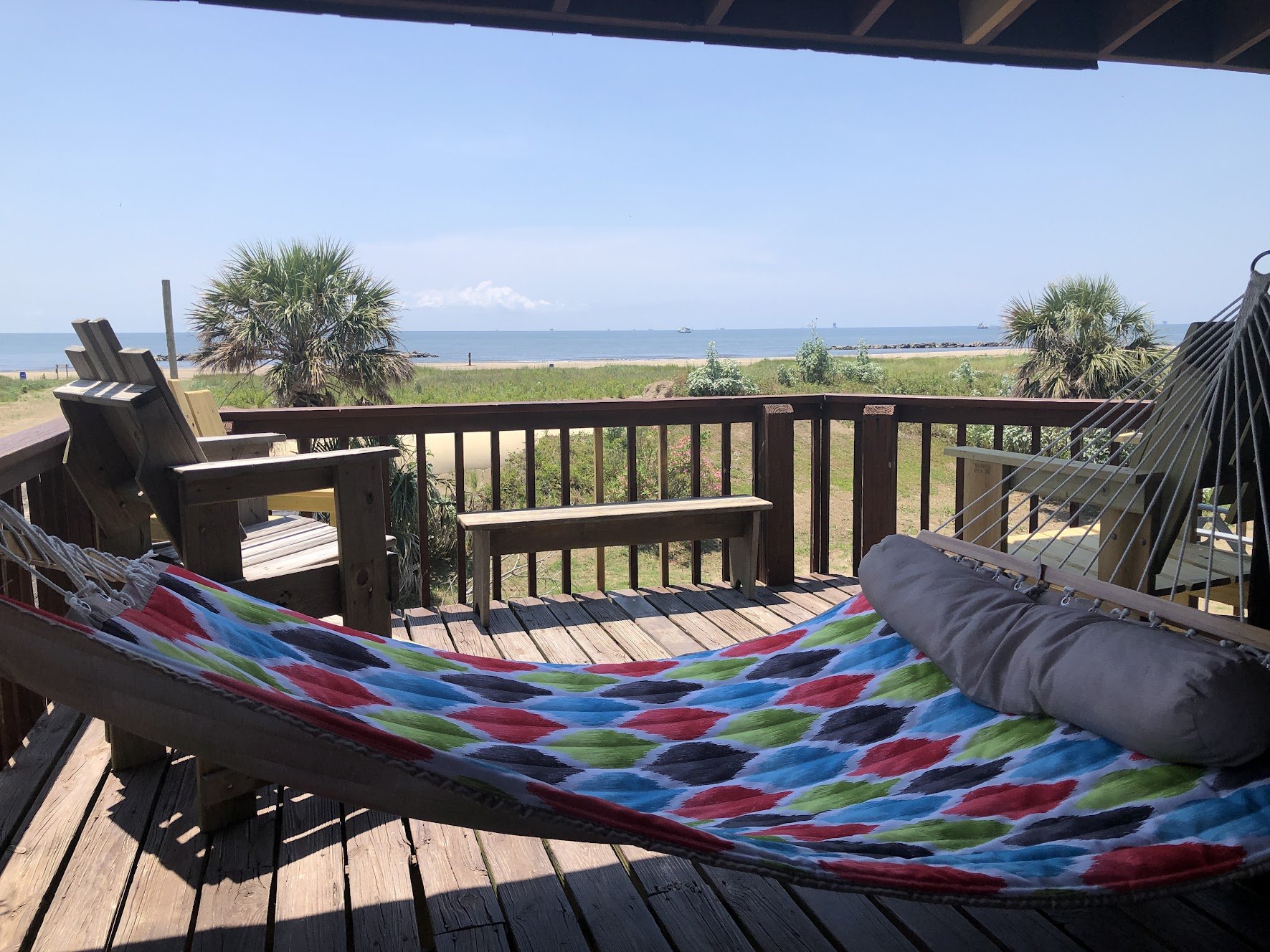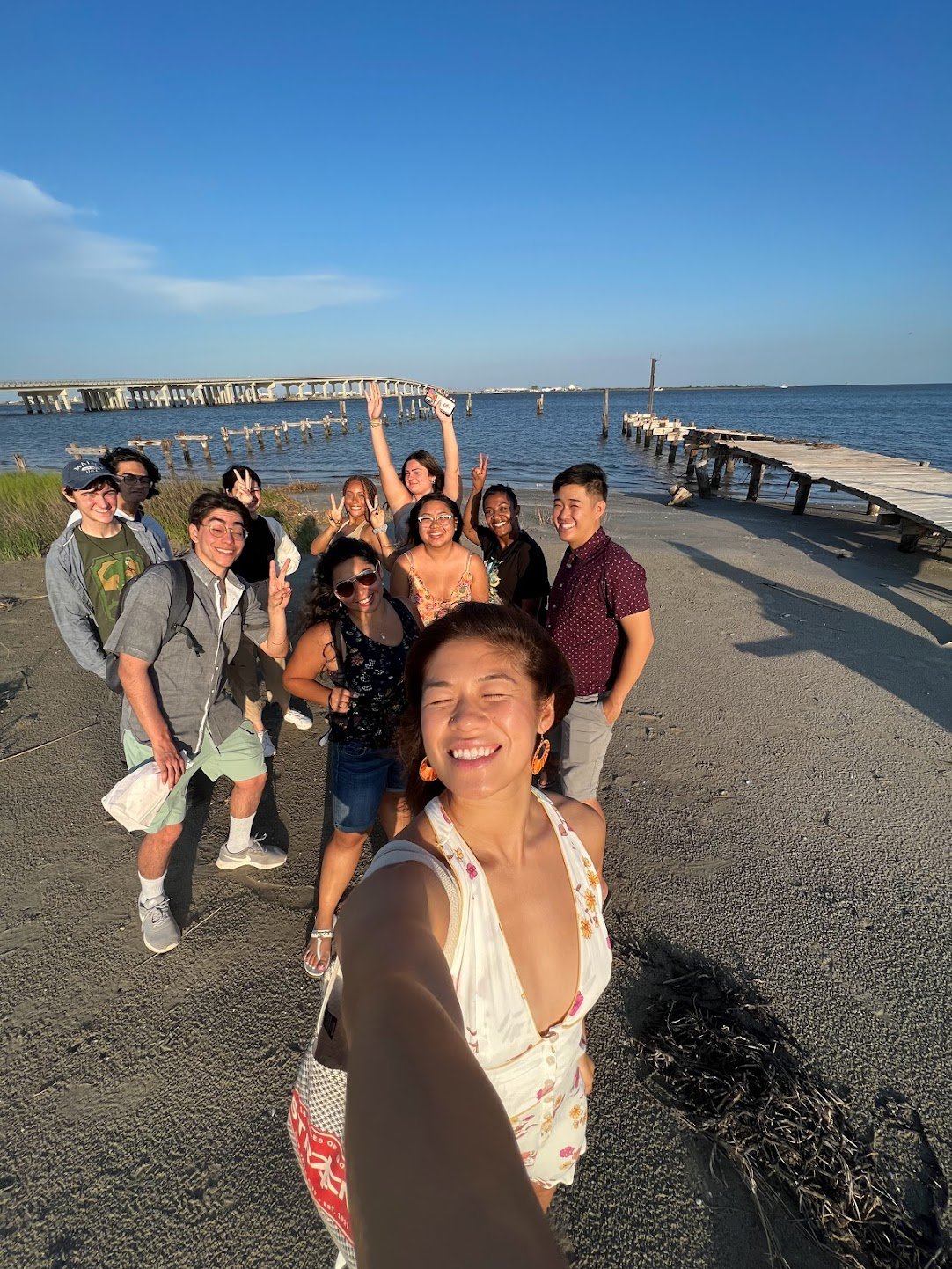The Church on Dr. Gaines’ Property, where Grant teaches students in “St Raphael”
“‘Do you know what a myth is, Jefferson?’ I asked him. ‘A myth is an old lie that people believe in. White people believe that they’re better than anyone else on earth—and that’s a myth. The last thing they ever want is to see a black man stand, and think, and show that common humanity that is in us all. It would destroy their myth. They would no longer have justification for having made us slaves and keeping us in the condition we are in. As long as none of us stand, they’re safe. They’re safe with me. They’re safe with Reverend Ambrose. I don’t want them to feel safe with you anymore.’”
As we pulled up to the small town of New Road on that warm and sticky Wednesday afternoon, I felt a sense of awe at the eerie quietness and haunted beauty that the area exuded. Seeing the place where Ernest Gaines (the author of the next novel in our bookpacking adventure, A Lesson Before Dying) set this deeply personal and moving piece was uncanny. Never had I really felt so connected to this idea of bookpacking, as I saw firsthand how walking and experiencing where a novel is set just added so much richness and dimensionality to the pages of the book I’d read a few days earlier in the car.
From the very beginning, Gaines portrays a deeply unjust South of the 1940s in which a young black man, Jefferson, is jailed and sentenced to death. Jefferson had been involved as an innocent bystander in a horrible shootout, and faced trial while his defense attorney, who was meant to represent Jefferson in court, argued unsuccessfully that Jefferson should deserve mercy and not be found guilty because he is more like a hog than a man, and incapable of committing such a crime. The novel details the relationship between a defeated Jefferson who no longer sees himself as human, and the local schoolteacher, Grant Wiggins, who is charged by his own aunt and Jefferson’s godmother to teach Jefferson how to be a man before his execution. While the story is fictional, Gaines largely based it off of his hometown of New Roads (“Bayonne”) in the novel, which is located in the Point Coupée Parish (“St. Raphael”), and so naturally, us bookpackers made a journey to visit the locations in which the book took place.
As we walked up the steps of the Point Coupée Sheriff’s Office, we were warmly welcomed by the parish’s sheriff, Rene' Thibodeaux, before we could even enter the building. His warm, enthusiastic presence made us feel right at home, and he wasted no time bringing us into his office, introducing us to the Chief of Police and the Mayor of New Roads, sharing his story and asking us about our time in Louisiana, what we studied as USC students, what we wanted to do in the future, and a whole other slew of friendly questions. It was both a heartwarming experience, being welcomed with such open arms, and yet there was a slight discomfort, as the reason we were at the sheriff’s office was to visit the old jail cells, no longer in use, but in which Ernest Gaines portrays Jefferson within in his book.
I’ve never been to visit a jail cell before, and while I’ve seen it in movies and imagined it while reading news articles and books, nothing quite compares to standing in the warm, stagnant air of a prison, its dark metal bars and peeling ceiling entrapping me. We laughed nervously as Tammy wheeled the jail cell doors shut, but as soon as the doors shut, I already felt entrapped by such a tight, small space that left me with a few classmates in a cell with literally nowhere to go until the doors opened again. After just a few minutes in the cells, I had to step outside into the larger corridor again. My head was aching from the small space, and my limbs felt tight, and in that moment, I glimpsed the smallest of uncomfortableness that prisoners must go through, being confined to such a small space. It robbed me of my thoughts, my clarity, and I had to escape that cell to regain it. That’s the element of humanity, of thought, that I felt I momentarily lost my grasp on in that cell, and it's that struggle of defining the human experience and what it means to be a human that Gaines is having Grant teach the incarcerated Jefferson.
It’s odd walking through that jail cell, no longer in use, because it feels like history, a memory. If only that were the case. Andrew had reminded us in our seminar just that morning of Angola and the thousands of inmates there, the frightening statistics about the U.S. and how our proportion of prisoners far outweigh the population proportion we have compared to the world. It’s frustrating how slowly things move, how little progress we seem to have made in terms of racial equity, justice for wrongly incarcerated individuals, how far we’ve come and then how far we’ve yet to go to truly allow for equality and justice.
“The same people wore the same old clothes and sat in the same places. Next year it would be the same, and the year after that, the same again. Vivian said things were changing. But where were they changing?”
I’d like to end my blogs here in Louisiana with a beautiful quote that Andrew quoted from Faulkner’s “Requiem for a Nun” that he ended my last seminar with. I think it’s fitting considering our course in literature and history in the South, and it builds on the experiences we have had to force us to realize the world we live in today.
“The past is never dead. It’s not even past.”
Thank you for taking this journey alongside me and my fellow bookpackers. I hope we have been able to share a little slice of Louisiana through these blogs, both the fun and exuberant and the melancholy and injustice that have shaped our trip here. Thank you Andrew, for such a wonderful and unique experience. It's been an honor journaling and blogging as we've bookpacked across this state, and I'm so grateful for this experience and being able to learn, live, laugh, and grow alongside so many friends and peers this past month. Thank you, to those who have kept up with these rambling blog posts, and farewell—for now.


















































